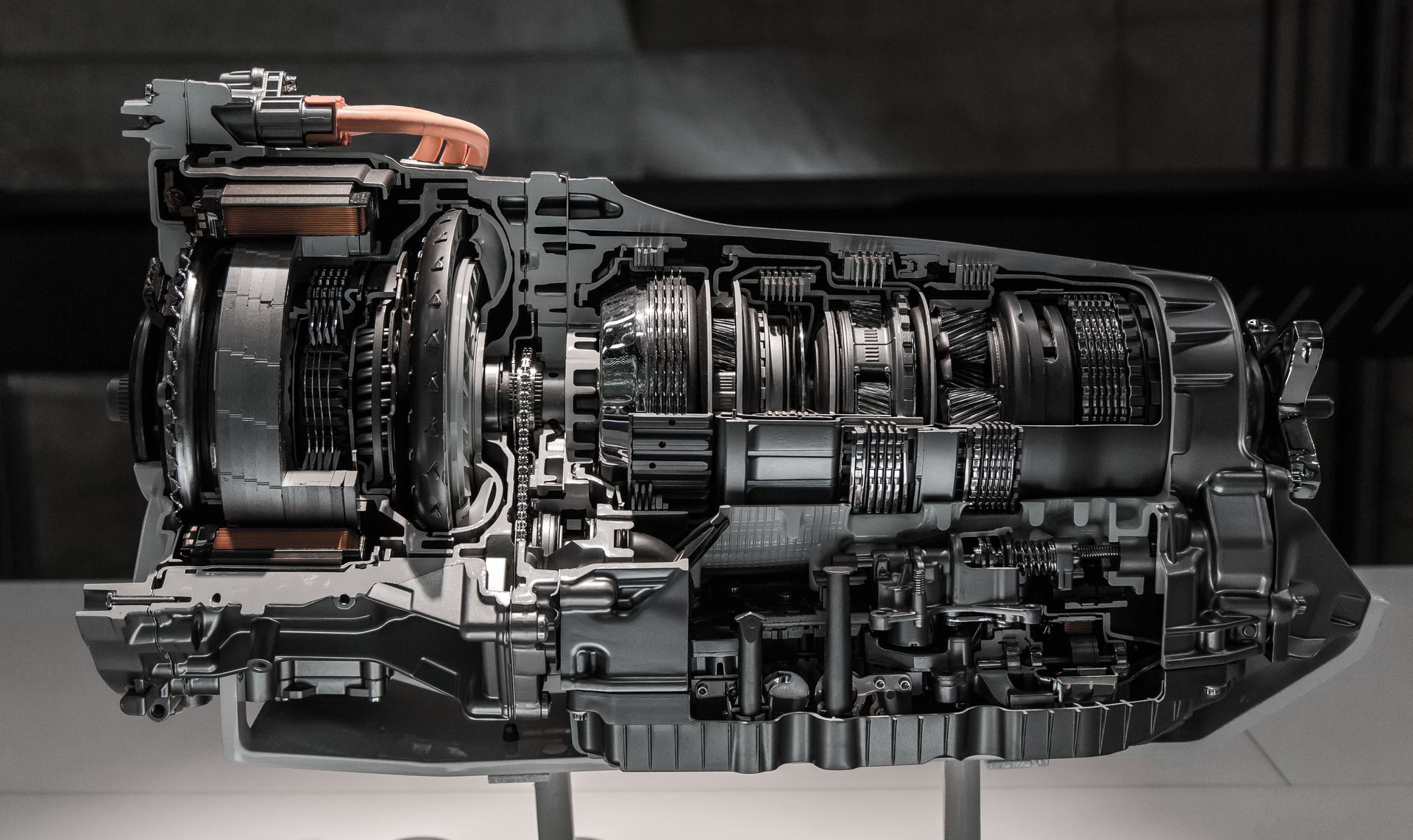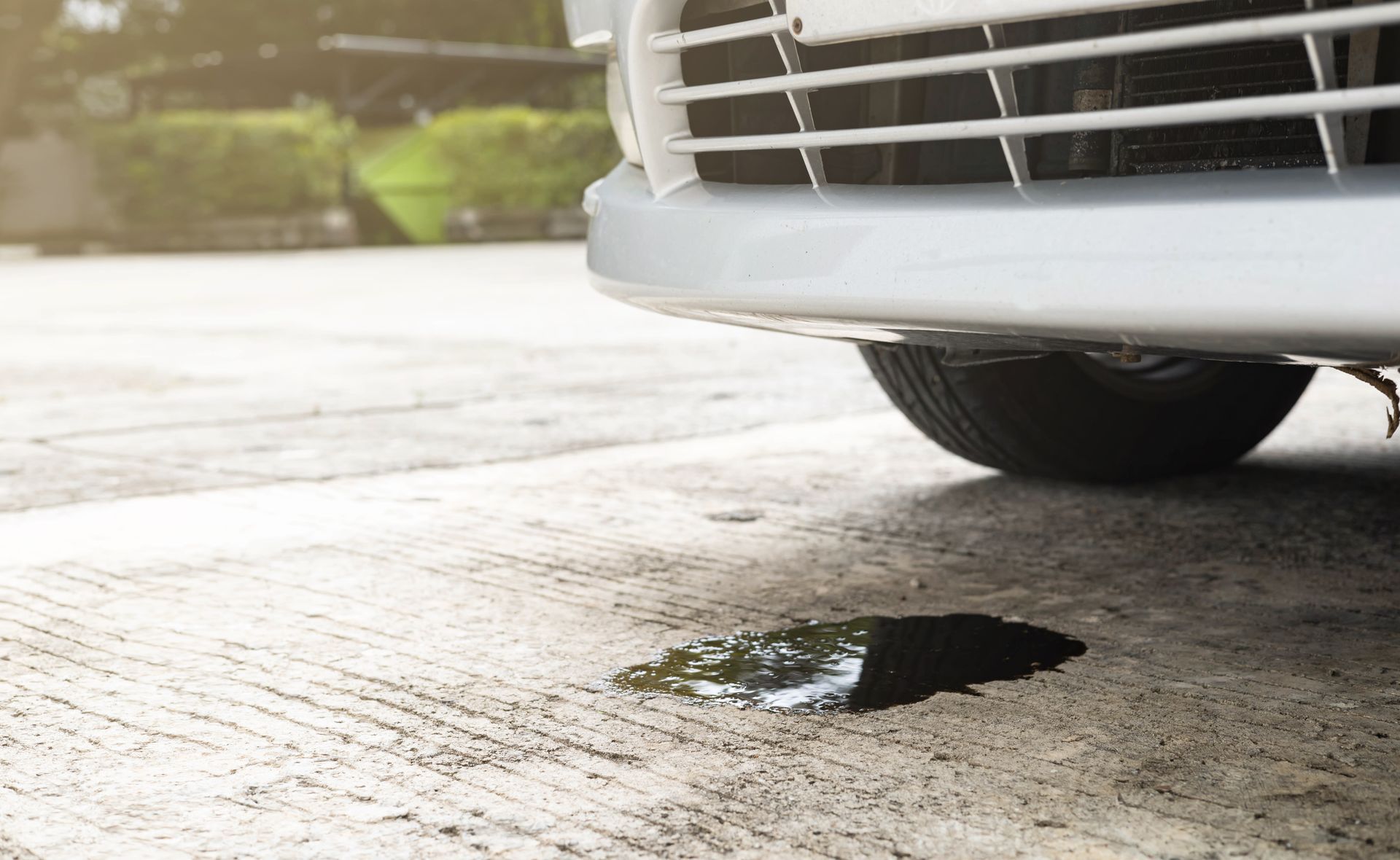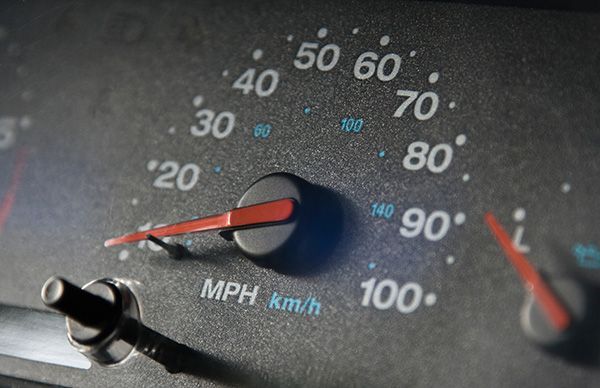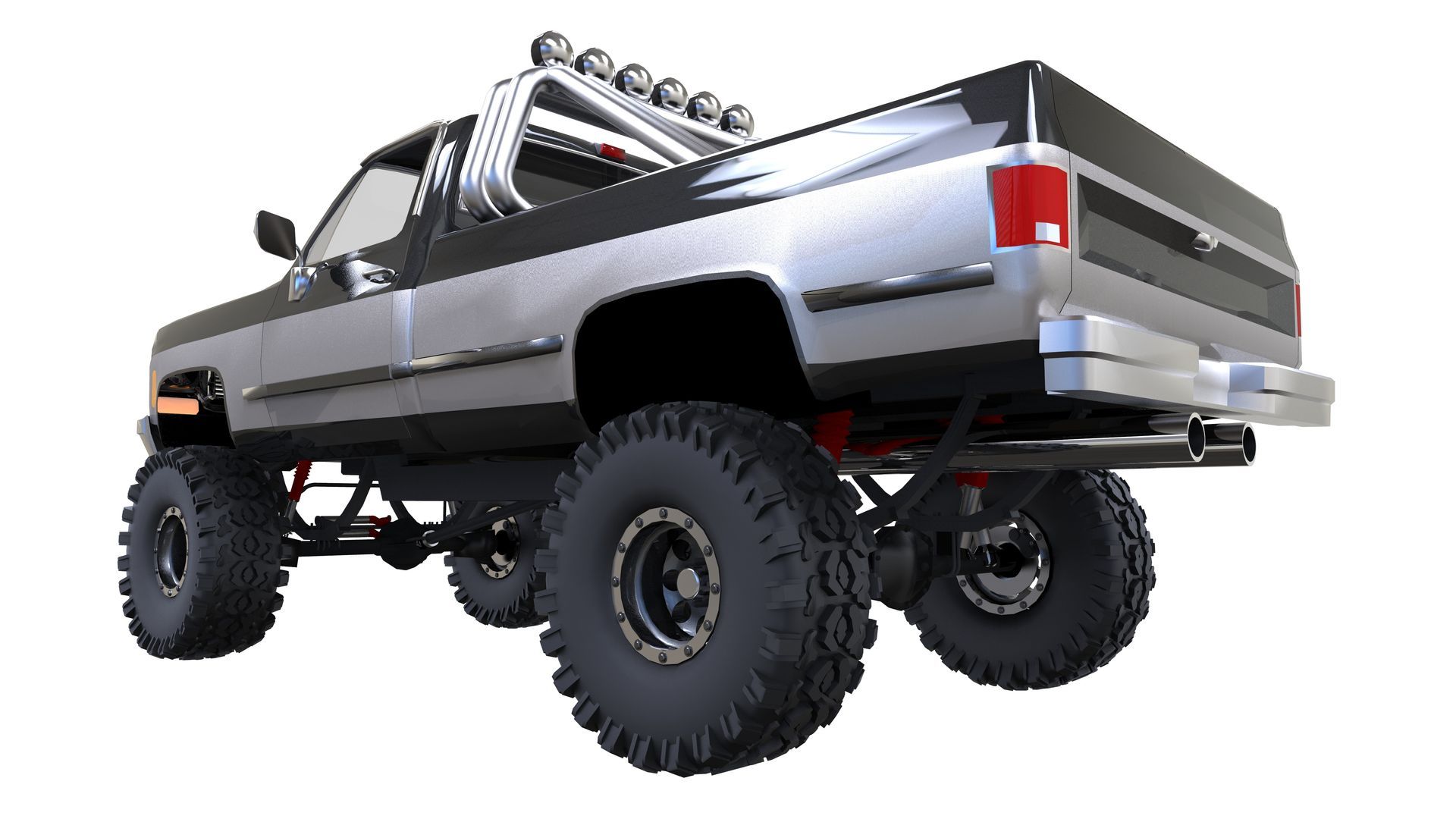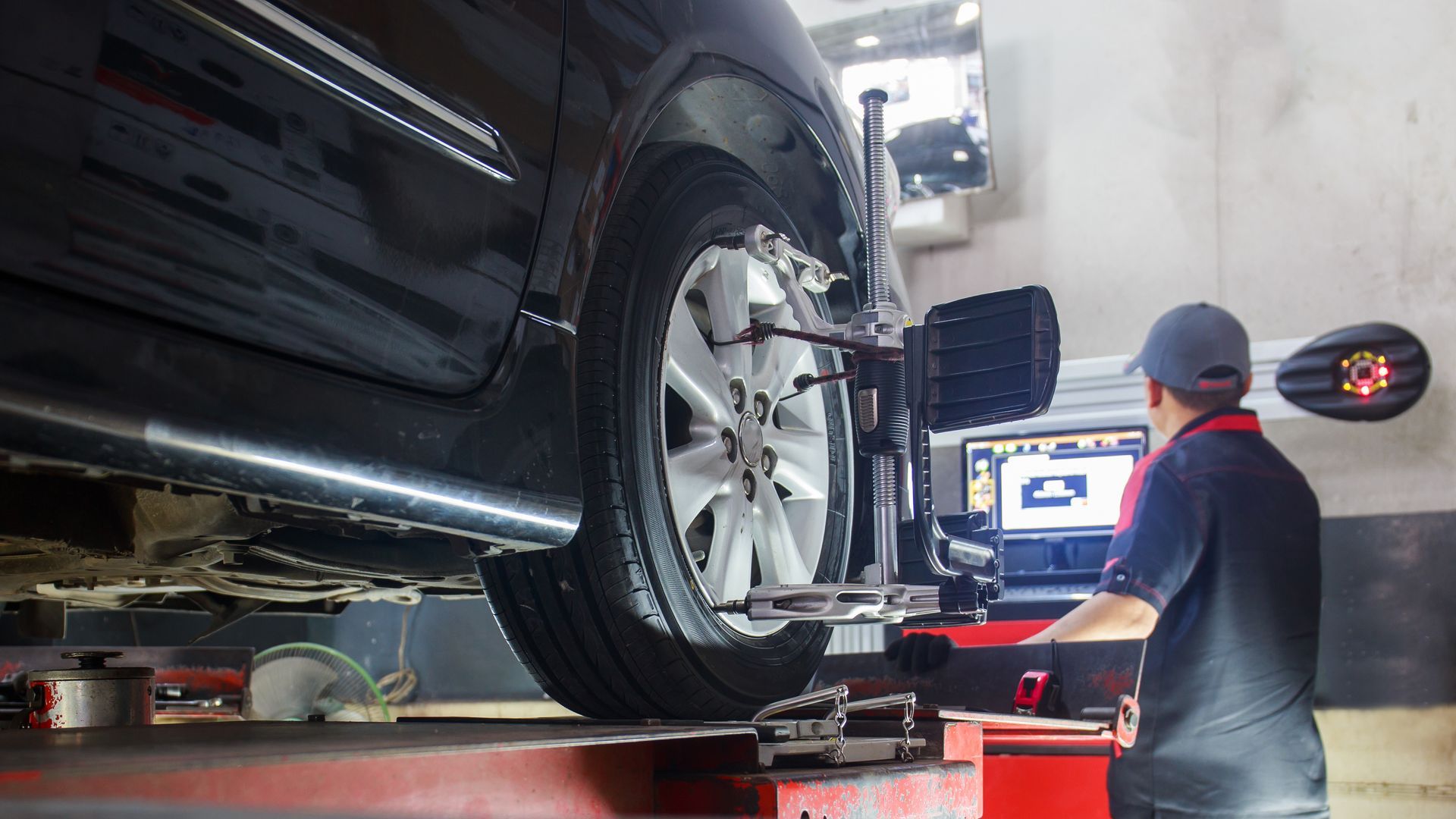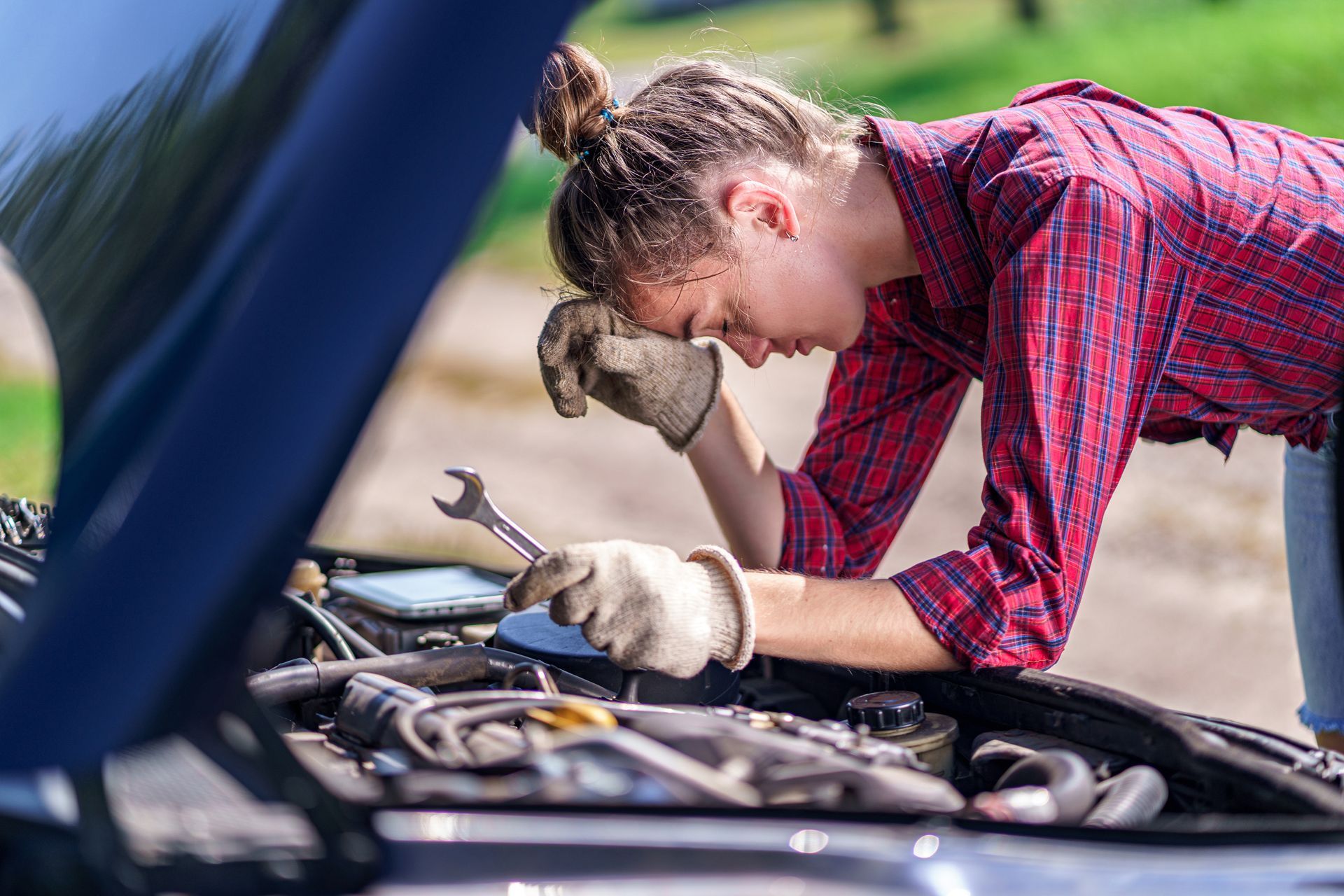Your car’s cooling system is designed to circulate coolant through the engine and radiator, keeping the engine at the correct operating temperature. For the system to work properly, it must be completely filled with coolant. When air pockets get trapped inside, they can block the normal flow and cause overheating.
Removing air from the cooling system, also referred to as “bleeding” or “burping,” is an essential step after replacing coolant, changing a water pump, or performing any repair that opens the cooling system.
Why Air in the Cooling System Is a Problem
Air pockets reduce the system’s ability to transfer heat. Since air does not conduct heat as well as coolant, the affected areas can overheat quickly. This can cause the temperature gauge to spike, create hot spots in the engine, and even lead to warped cylinder heads or blown head gaskets.
You may also notice fluctuating temperature readings, gurgling noises from the heater core, or a lack of heat inside the cabin when the heater is on.
Common Causes of Air in the System
Air can enter the cooling system any time it is opened for repairs or maintenance. Draining and refilling coolant, replacing hoses, or changing the radiator can all introduce air. A faulty head gasket or cracked cylinder head can also allow combustion gases into the cooling system, creating persistent air bubbles.
How to Remove Air from the Cooling System
While the exact process can vary by vehicle, bleeding the system generally involves running the engine while carefully allowing trapped air to escape.
One common method is to fill the radiator or coolant reservoir with the correct coolant mix, start the engine, and let it warm up with the radiator cap off. As the thermostat opens, air bubbles rise and escape. You top off the coolant as the level drops.
Some vehicles have bleeder screws on the thermostat housing or radiator to make the process easier. Loosening these slightly allows air to escape until coolant flows out steadily.
Using a spill-free funnel or vacuum fill tool can also help ensure the system fills completely without trapping air.
When to Seek Professional Help
While bleeding air from the system can be straightforward, some vehicles are more difficult due to complex hose routing or high-mounted heater cores. Without the right tools or knowledge, it is easy to leave air trapped in the system, leading to continued overheating.
If you experience repeated overheating after coolant service or if the coolant level continues to drop, it may indicate a more serious issue, such as a leaking head gasket, radiator, or water pump.
Preventing Air Pockets in the Future
The best way to prevent air in the cooling system is to follow the correct refill and bleed procedure each time coolant is replaced. Using the right coolant for your vehicle, keeping the radiator cap in good condition, and addressing leaks promptly will also help maintain proper system pressure and circulation.
Regular cooling system inspections can catch problems before they cause major engine damage.
Cooling System Service at Absolute Auto Repair Inc in Dover, FL
If your engine is running hot or you suspect air in the cooling system,
Absolute Auto Repair Inc in Dover, FL can help. Our technicians have the tools and expertise to bleed the system correctly, identify leaks, and make sure your cooling system is working at peak efficiency. Schedule your appointment today and protect your engine from overheating.



